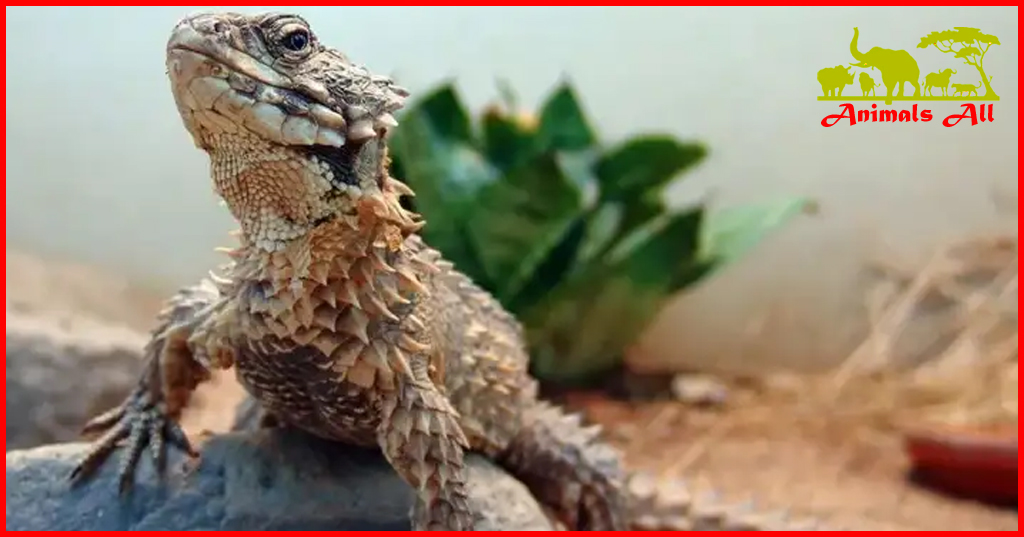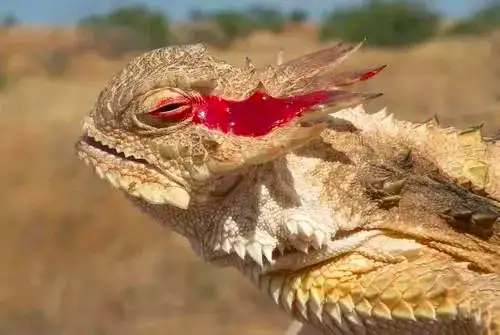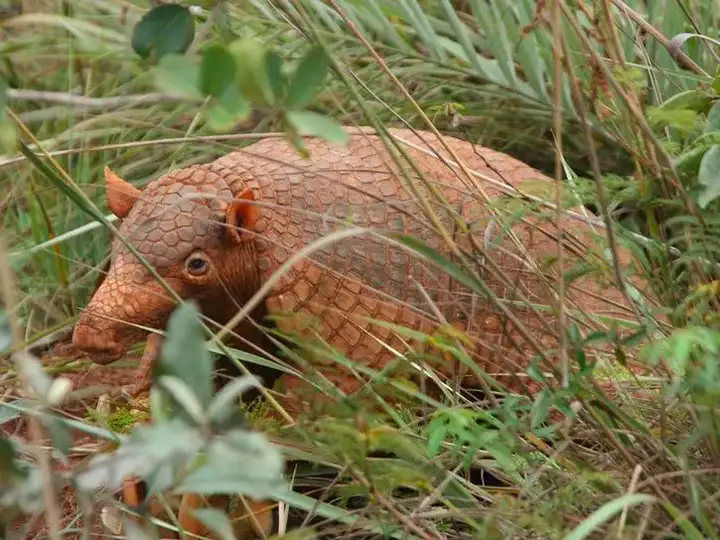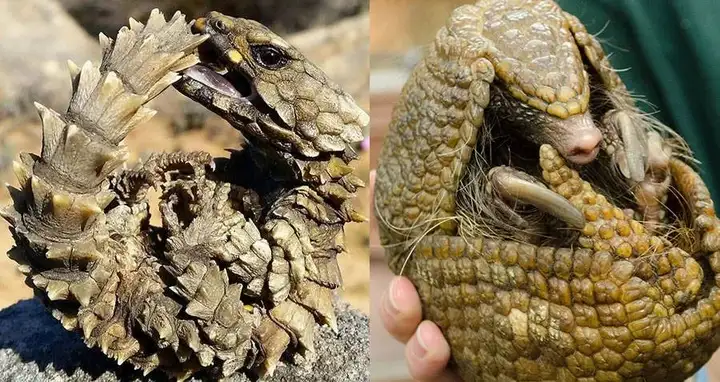
Why do armadillo lizard eat their own tails?
When I saw the guy introducing the armadillo, I was completely confused. How could it be different from the armadillo lizard I remembered? After looking up the information, I realized that I had always mistaken the armadillo lizard for the armadillo. Yes, the armadillo “Priodontes maximus” and the armadillo lizard “Cordylus cataphractus” are two completely different animals.

Now that someone has introduced the armadillo professionally, let me introduce to you the armadillo’s friend with the same name but different surnames – the armadillo lizard “Cordylus cataphractus”.
Even if I die, I will keep my tail!
Most lizards will use various methods to use their various organs to ensure their own safety. For example, horned lizards will spray “blood” from their eyes when in danger. Another example is that skinks will use “self-cutting” or cutting off their tails to ensure their own safety when in danger (geckos also use “self-cutting” to protect themselves). Double-crested lizards will use “water kung fu” to escape.

But the armadillo lizard is different from those traditional lizards. Instead, its way of escaping is more like its namesake, the armadillo “Priodontes maximus” .

They have an identical movement when they run away – they hold their tails in their mouths, curl themselves up like a yo-yo, and are ready to run away at any time.
The armadillo lizard is very timid. Once someone approaches, it will bite its tail and roll into a ball, ready to run away at any time. The timid yo-yo is quite cute.

The armadillo lizard is a unique creature in the desert area of the west coast of South Africa. Its body color is mostly light brown or dark brown, and its lower abdomen is khaki. Its body length is about 7cm-9cm, but in fact it can grow up to about 10.5cm.
Armadillo lizards usually live on rocks and hillsides. If they encounter danger, they will first choose the nearest rock crevices to hide. When they find that they can’t hide, they will turn into a ball.

Hatching eggs is so troublesome, it’s better to give birth to cubs directly!
As we said above, the biggest difference between armadillo lizards and armadillos is probably that they are two completely different species, but some of their reproduction methods are surprisingly similar. In addition to the fact that they can both transform into yo-yos, their reproduction methods are also relatively similar.
Armadillos are the only mammals with shells and are completely viviparous. The armadillo lizard seems to have got the point of being an “armadillo” and chose a reproduction method that is neither oviparous nor viviparous – ovoviviparous.
That is to say, the baby armadillo lizard exists in the form of an egg in its mother’s belly, but when it is born, it will come out directly as a hatchling.
However, due to various reasons, its reproduction rate is very low. Generally, an armadillo lizard can only give birth to one baby armadillo lizard per litter, and can only give birth 1-2 times a year. This has successfully earned it the title of “South Africa’s first-class protected animal”.
Armadillo lizards are diurnal reptiles that spend 60% of their lives basking in the sun. They are reptiles that know how to enjoy life.
Although the number of reproduction per time is low, armadillo lizards in the wild usually live for 25 years, so it is not surprising to see several generations living together.
After reading the information about the lizard, the editor felt that this species was particularly cute. Unfortunately, it is in the CITES Appendix. According to the laws of our country, I am afraid that I will not be able to keep it in this lifetime.
The armadillo lizard is also known as one of the “most dragon-like lizards.”
Where can i buy an Armadillo girdled lizard
The Armadillo girdled lizard (Ouroborus cataphractus) is a fascinating reptile native to desert areas along the western coast of South Africa. Also known as the lizard, spiny-tailed lizard, or golden-armadillo lizard, it has a unique adaptation: when threatened, it curls up into a ball by biting its tail, resembling the mythical ouroboros. These slow-moving creatures prefer rocky outcrops and mountain slopes, especially on sandstone substrate. Unfortunately, purchasing them might be challenging due to their protected status and specialized habitat. Instead, consider learning more about them and appreciating their remarkable features!


3 thoughts on “Why do armadillo lizard eat their own tails?”